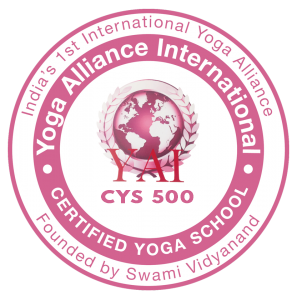Information



Getting into arm balancing asanas can be intimidating at first. They require a lot of strength and mental focus. As with every yoga posture, it’s important to understand what happens in the body during the pose and ensure you follow the correct alignment. This will provide you with the ability to get into the asana step by step, understanding the body movement and protect you from injury. Always remember that asana practice should always be safe and never painful. The only discomfort that can be experienced is through stretching of the muscles or taming down the ego.
Arm balancing asanas provide a long list of benefits on all levels, physically, mentally and emotionally. The body can be both strong and flexible at the same time, and the role of asana practice is to reach this balance in order to maintain steady. As the sage Pantajali described the third limb of the Ashtanga yoga eightfold path, “Sthiram Sukham asanam”which translates into steady comfortable posture. This is when the true practice of yoga begins. When you learn to mster your own body and maintain balance in the postures, you are going beyond the ego’s need to “just get into” an asana. Taking all of this in consideration, then we can begin our journey into arm balances.

Eka Pada Koundinyasana
Almost all arm-balancing asanas require core strength. The abdominal muscles play an important role, but going beyond the physiology of the body, there is the solar plexus chakra, located just above the belly button. Manipura, as it is called in Sankkrit is activated during most arm balancing asanas. This is our energy centre of inner power, strength and self-confidence. Bringing this into your awareness during your practice, learn to cultivate your will-power. Tune into this strong energy and believe you can do it. This will help you gain mastery of your body and guide it into the arm balance with complete faith and self-belief that you are able to do it.

Chaturanga
It seems self-explanatory, but you must train your arms to hold the weight of your body. The good news is that you can do so through other asanas which focus specifically on this area. You can practice chaturanga, a great asana for building strength in the arms but also in the abdominal muscles. Practice chaturanga by going slowly into it. If the full chaturanga is too difficult in the beginning, place your knees on the mat and do it this way. You can also practice plank pose on the hands and also the forearms. Plank pose is one of the best for building strength in the arms. Once you feel comfortable with both, go into a flow from plank into chaturanga and back into plank. Hold for 5 breaths, then go slowly into chaturanga again. Hold here for another 5 breaths and repeat the cycle.

Vasisthasana
The abdominal muscles require a lot of hard work, but there is good news. Once you develop core strength, you will understand just how strong you can be. And this is also because this is the area of Manipura as mentioned above. To tone and build strength in the abdominal muscles, you can practice a variety of asanas that will help you. Plank (khumbhakasana) and side plank (vasisthasana) are amazing for doing so and their require a lot of self-discipline. Be wary of your wrists. If they hurt during vasisthasana, do it on your forearms. You may also practice boat pose (navasana) and create a flow. Start in navasana with your knees bent, hold for a few breaths then extend the legs, hold for a few breaths and slowly bring the extended legs down without touching the floor, then complete the cycle again.

Bakasana
Aside from all the physical work you can do to train your body into becoming stronger, it all begins in the mind. You must learn to discipline yourself in all aspects of your life. This means that you need to be committed to your practice and do it daily. Patience and physical work are important, but ultimately, as with all other parts of yoga, self-discipline (anushasan) is what takes you deeper into your yoga journey. Arm-balancing asanas require great effort of the mind. You must discipline yourself to be focused during your practice of it and while doing the posture. Focus on your breath and still your mind, to create clarity so that you can concentrate and become aware of each step you take to get into that arm balance.
Most importantly, never go into an arm balance without understanding your body and what is required both physically and mentally. The journey of the asanas is about developing a loyal, respectful and kind relationship with our body. Commit yourself to all the above, practice patience and self-belief and know that you can do it.